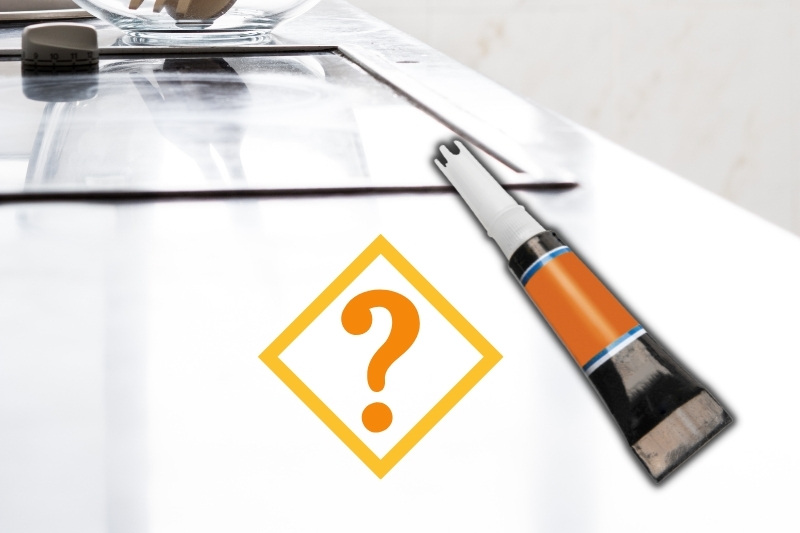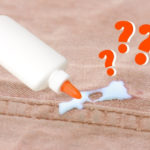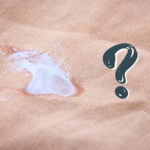Super glue has a multitude of uses. Most often, anything that needs fixing or repair only demands a small drop of super glue to bring it back together.
Super glue can adhere easily to many materials such as glass, stone, plastic, and fabric. However, one single drop in the wrong place can mean the tedious task of having to remove it without damaging the surface. This includes when you get any on your worktop.
While removing super glue can be a hassle, acting fast increases the chances of extracting it without harming the worktop. Let us take a closer look into the method of removing super glue off any kind of worktop effortlessly.
First Steps
The first step that you have to take with stray glue is to try and scrape it off using a sharp object. A kitchen knife, razor blade, putty knife, or even your fingernail can help in this purpose but the tools mentioned above work only in cases of small amounts.
You will require other methods that we will discuss below in case there is a considerable amount of dried glue.
It is always advisable to remove super glue as soon as you spot it. Nevertheless, you can fail to notice or get caught up in the moment of exciting work.
Removing Super Glue Using Acetone
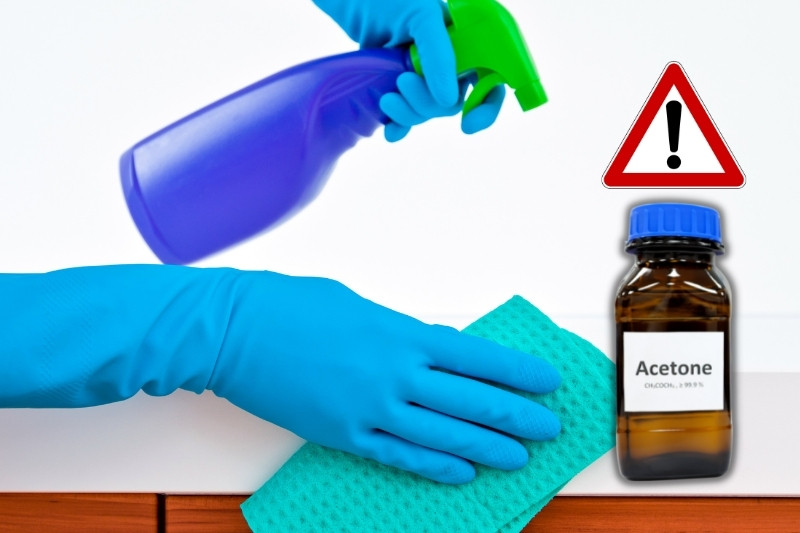
One of the most prominent ingredients used to remove nail polish and paints, acetone is highly effective in removing super glue as well.
It works quickly to dissolve the bonds of the super glue, and you can scrub the remnants easily to end with a clean and smooth surface.
Start by dipping a cotton ball in acetone and placing it on the super glue. You should be able to see the glue giving way and softening immediately. If it is in a higher amount or refuses to give in, keep the acetone-dipped cotton ball in contact with the super glue for a few minutes.
Once it has eased, wipe with a slightly damp cloth and use hot water and scrubber pad, preferably nylon. Scraping using a knife or razor blade should also help in its removal.
If the super glue refuses to come out, you can repeat this process until it works. Remember to clean the area with a disinfectant and water after the acetone dries.
If you are looking to remove the adhesive off countertops, acetone is safe to use on common surfaces like marble, quartz, granite, laminate, and Corian.
Even so, it is a wise option not to over-pour the acetone on such surfaces.
For granite surfaces, dab acetone using a cotton ball or cloth and place it on top of the adhesive, avoiding contact with the countertop surface as much as possible. They require a delicate touch, and it is advisable to moisten the cloth at regular intervals.
For laminate and Corian surfaces, soak the adhesive in acetone for a very short period before moving on to the scraping part.
Warning when using acetone
While it can be an easy and effective way to remove super glue from most worktops, acetone needs to be used with utmost precaution.
It can cause eye and nose irritation, itching of the skin, and sometimes even drowsiness. It is better to wear gloves to avoid interaction with skin or clothing. Wash your clothing and skin with warm water if you come in contact with it.
If it gets into your eyes by any chance, rinse your eyes immediately with lukewarm running water for 15-20 minutes. Remove contact lenses immediately if you have one. Seek medical attention to prevent any chance of further risk.
Acetone is highly flammable. Open all the windows for enhanced ventilation. Keep it away from flames and other hot sources. Storing in a cool and dry place is of the greatest importance for this purpose.
Since acetone needs to be handled with great care, it can become a cause of concern for some people. If you are better off without acetone, here are other ways by which you can get super glue off a worktop.
Removing Super Glue without Acetone
Here are a few ways to remove super glue without using acetone.
1. Water and dishwasher soap
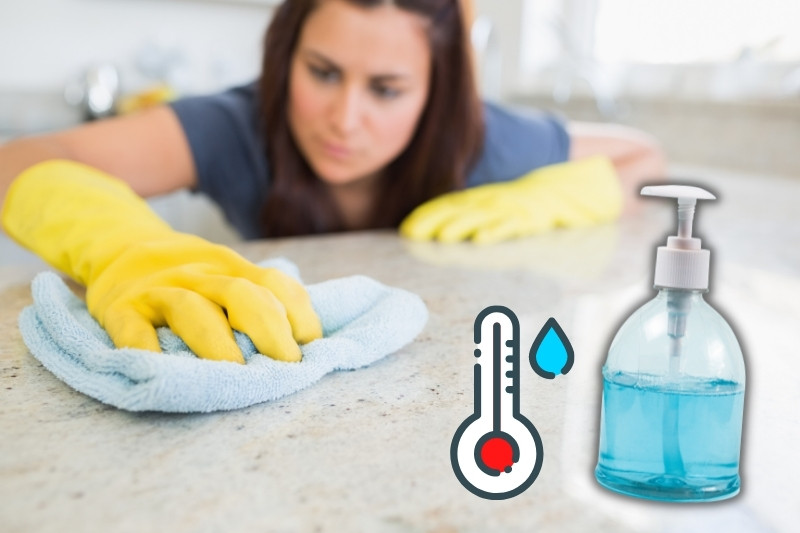
This method predominantly works if you are in a position to clean the glue before it hardens. Usually, wetting a towel or sponge with hot water and wiping the surface in quick and smooth motions should remove any undried super glue.
If it does not work effectively, pour a small amount of dishwasher soap that is commonly used in kitchens on the rough side of a sponge and wet it in hot water. Scrub the surface in quick strokes to extract the super glue.
2. Rubbing alcohol
Like acetone, rubbing alcohol consists of elements that easily break down adhesives. Pour rubbing alcohol on top of the glue and allow it to sit for 5-10 minutes.
Afterwards, wipe the area with a damp cloth or towel. It is always recommended to thoroughly clean the worktop using soap water and a sponge later.
3. Ice
Placing a bag of ice on the adhesive-covered area for 5-10 minutes should turn the super glue extremely brittle. You can then use a sharp object to break the glue into small chunks.
Obviously, it is not going to clean the area thoroughly. Apply a small amount of olive oil or peanut butter to the remaining area to smoothen the adhesive. Afterward, brush and wash the area with soap water.
4. Commercial products
You are not the first person to face this problem and will for sure not be the last. Products that help in the removal of super glue, especially handy in workspaces that frequently incorporate adhesives, can easily be found in many shops.
While buying one, make sure to look for the surfaces they can be applied on, their uses, directions, and advised duration of application.

I’m a mother of three who loves going on fun adventures with my family. With three little ones, I’ve learned the hard way how to keep a busy home clean! I want to share my tips and tricks to make your life as easy as possible.
